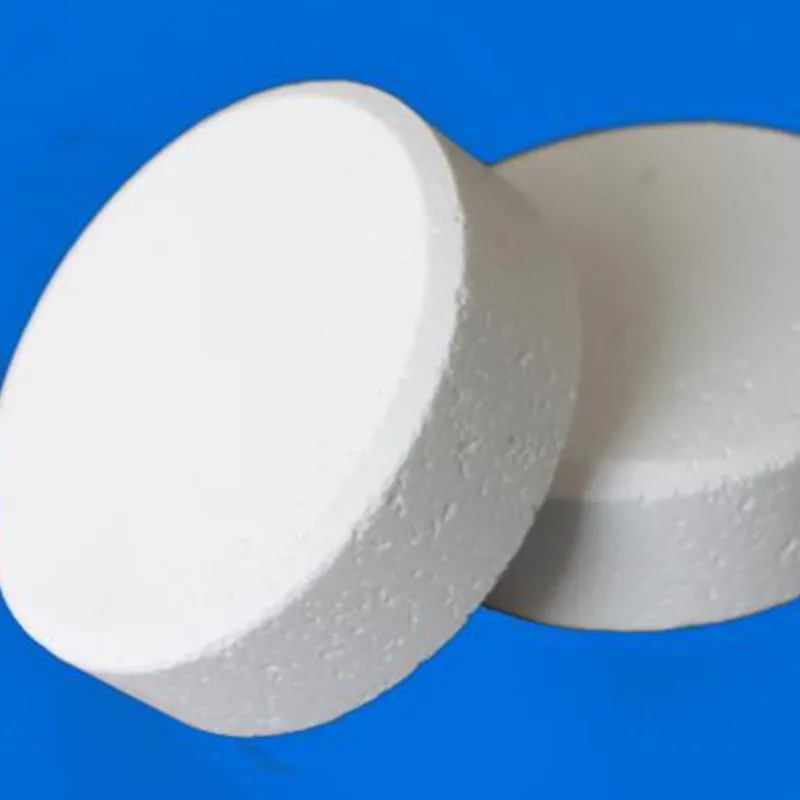
Stabilizer Emulsifier Insights for Improved Food Texture and Consistency
Understanding Stabilizer Emulsifiers Key Ingredients in Food and Cosmetics
Stabilizer emulsifiers play a crucial role in the food and cosmetic industries, serving as essential ingredients that enhance texture, stability, and shelf-life. These substances are vital for creating stable emulsions, which are mixtures of two immiscible liquids, such as oil and water. Without emulsifiers, these components would separate, leading to undesirable products and consumer dissatisfaction.
An emulsifier functions by reducing the surface tension between the two liquids, allowing them to blend more easily. Common examples of emulsifiers include lecithin, found in egg yolks and soybeans, and mono- and diglycerides, which are derived from glycerol and fatty acids. These substances have both hydrophilic (water-attracting) and hydrophobic (water-repelling) characteristics, making them effective in stabilizing emulsions.
In the food industry, stabilizer emulsifiers are used widely in products like salad dressings, sauces, ice creams, and margarine. For example, in salad dressings, emulsifiers help keep oil and vinegar mixed, preventing separation and ensuring a smooth, consistent product. In ice cream, they contribute to a creamy texture and a stable mixture, preventing ice crystals from forming during storage. The use of emulsifiers is essential to achieving the desirable mouthfeel and aesthetic appeal that consumers expect from these products.
stabilizer emulsifier

Beyond food, stabilizer emulsifiers are also pivotal in cosmetics and personal care products. They are found in lotions, creams, and makeup, where they help blend oil and water phases, creating a homogenous texture. For instance, in a moisturizing cream, the emulsifier ensures that the oil components are evenly distributed, providing a uniform application and effective moisture retention on the skin.
Additionally, the choice of emulsifier can influence not only the texture and stability of a product but also its nutritional properties. In recent years, there has been a growing trend towards using natural emulsifiers derived from plant sources, as consumers increasingly seek clean-label products. Ingredients like sunflower lecithin and gum arabic have gained popularity due to their natural origins and perceived health benefits.
As consumers become more informed about the ingredients in their food and personal care products, the demand for transparency and natural alternatives will likely continue to rise. This trend presents both opportunities and challenges for manufacturers, as they must navigate the balance between product performance and consumer preferences.
In conclusion, stabilizer emulsifiers are indispensable in the formulation of many food and cosmetic products, ensuring stability, texture, and quality. Understanding their role can help consumers make informed choices and appreciate the complexities behind their favorite items. The ongoing evolution in the use of emulsifiers reflects broader trends toward health, sustainability, and transparency in the marketplace.
-
Understanding Synthetic Rubber OptionsNewsApr.27,2025
-
Trichloroisocyanuric Acid: Essential for Clean and Safe WaterNewsApr.27,2025
-
Sodium Dichloroisocyanurate: Key to Safe Water TreatmentNewsApr.27,2025
-
Sodium Acid Pyrophosphate: Essential in Modern Food ProcessingNewsApr.27,2025
-
Essential Water Treatment ChemicalsNewsApr.27,2025
-
Denatured Alcohol and Its Industrial UsesNewsApr.27,2025
-
The Versatile Uses of Sodium BicarbonateNewsApr.24,2025
Hebei Tenger Chemical Technology Co., Ltd. focuses on the chemical industry and is committed to the export service of chemical raw materials.
-

view more DiethanolisopropanolamineIn the ever-growing field of chemical solutions, diethanolisopropanolamine (DEIPA) stands out as a versatile and important compound. Due to its unique chemical structure and properties, DEIPA is of interest to various industries including construction, personal care, and agriculture. -

view more TriisopropanolamineTriisopropanolamine (TIPA) alkanol amine substance, is a kind of alcohol amine compound with amino and alcohol hydroxyl, and because of its molecules contains both amino and hydroxyl. -

view more Tetramethyl Thiuram DisulfideTetramethyl thiuram disulfide, also known as TMTD, is a white to light-yellow powder with a distinct sulfur-like odor. It is soluble in organic solvents such as benzene, acetone, and ethyl acetate, making it highly versatile for use in different formulations. TMTD is known for its excellent vulcanization acceleration properties, which makes it a key ingredient in the production of rubber products. Additionally, it acts as an effective fungicide and bactericide, making it valuable in agricultural applications. Its high purity and stability ensure consistent performance, making it a preferred choice for manufacturers across various industries.











